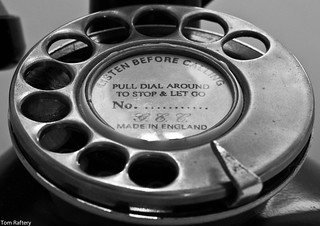Welcome to episode twenty two of the Technology for Good hangout. In this week’s episode we had CEO of D2C, co-founder of AgileElephant, and fellow Enterprise Irregular, David Terrar as guest on the show. As well as being a fellow Enterprise Irregular, David is an old friend, so we had a lot of fun discussing this week’s crop of stories. Last week Google held its I/O developer conference so there were plenty of Google stories breaking, but we also found time to fit in topics such as renewables, communications, and health.
Here are the stories that we discussed in this week’s show:
Climate
Renewables
Communications
Mobile
Google (!)
- Google testing domain name service
- Google Glass on sale in UK
- Google’s Nest Labs Opens Its Platform to Outside Developers
- Google Invests $50 Million In “Made With Code” Program To Get Girls Excited About CS
- Everything You Need to Know About Google’s I/O Keynote
Wearables
- Withings Unveils a Slick Fitness Tracker Disguised as an Analog Watch
- Moto 360 Hands-On: This Smartwatch Will Make You Swoon
Transportation
- Google is bringing Android to the car with Android Auto
- Tiny Startup Cruise Beats Google to Offer Self-Driving Car Tech to Consumers (Video)
- Flying cars to be built in Tel Aviv
Health







